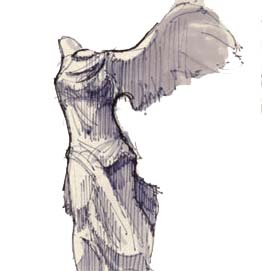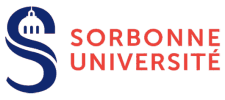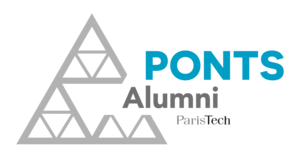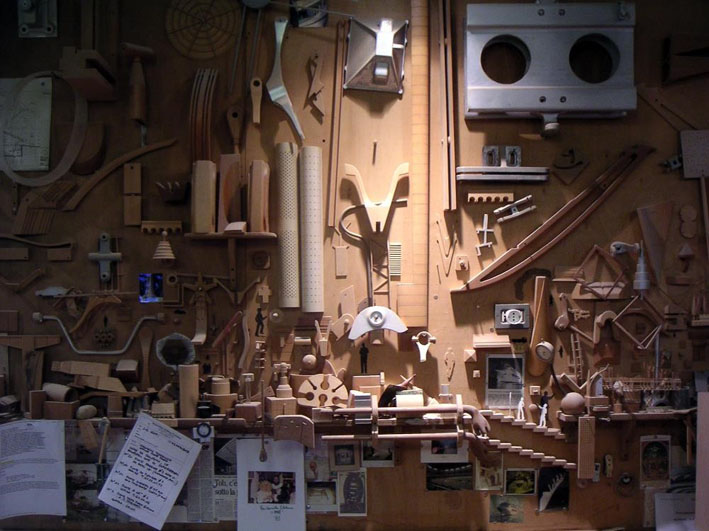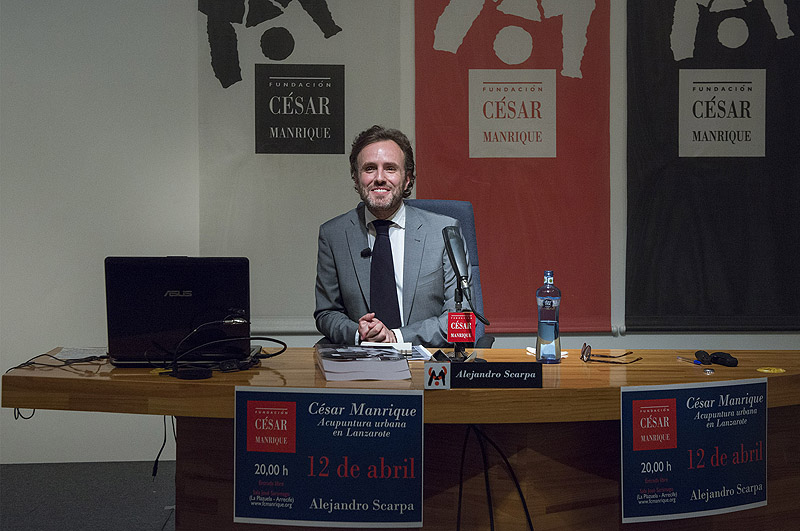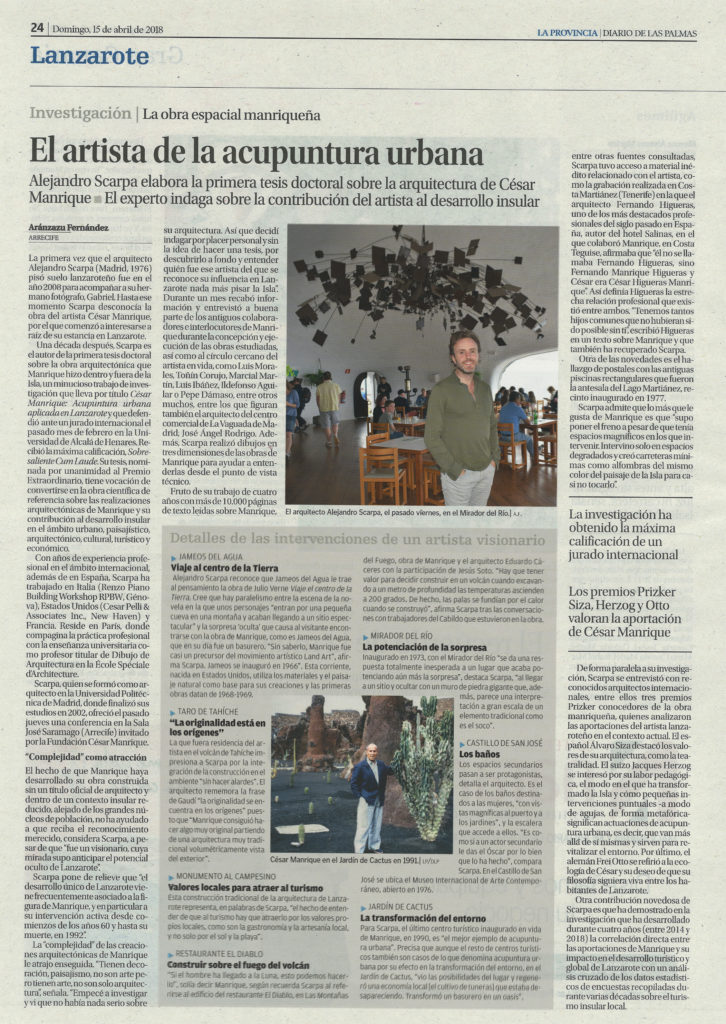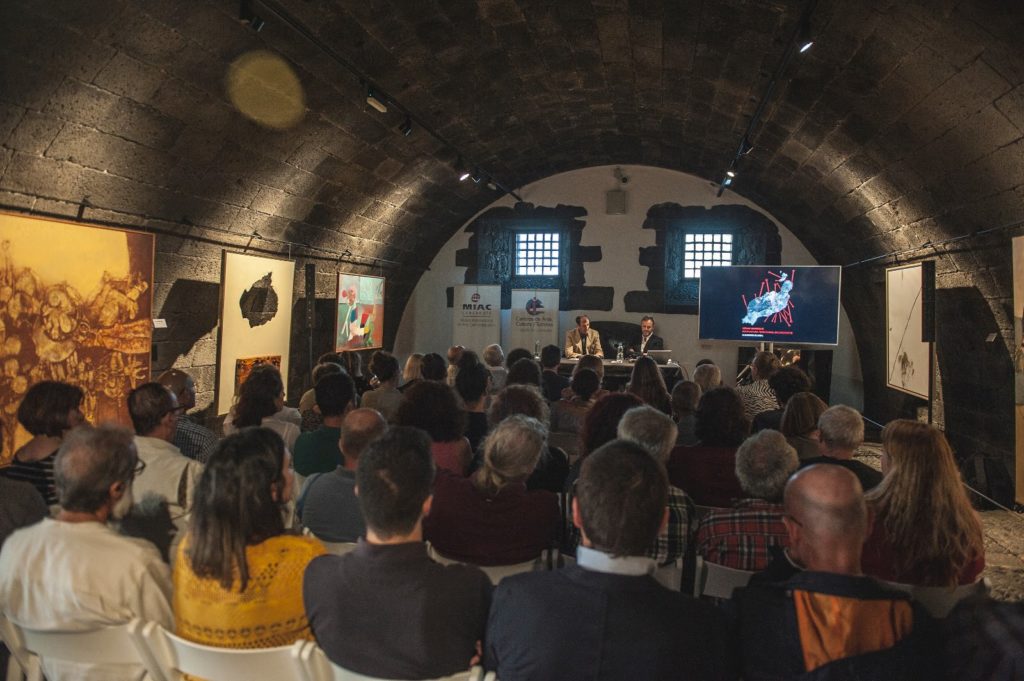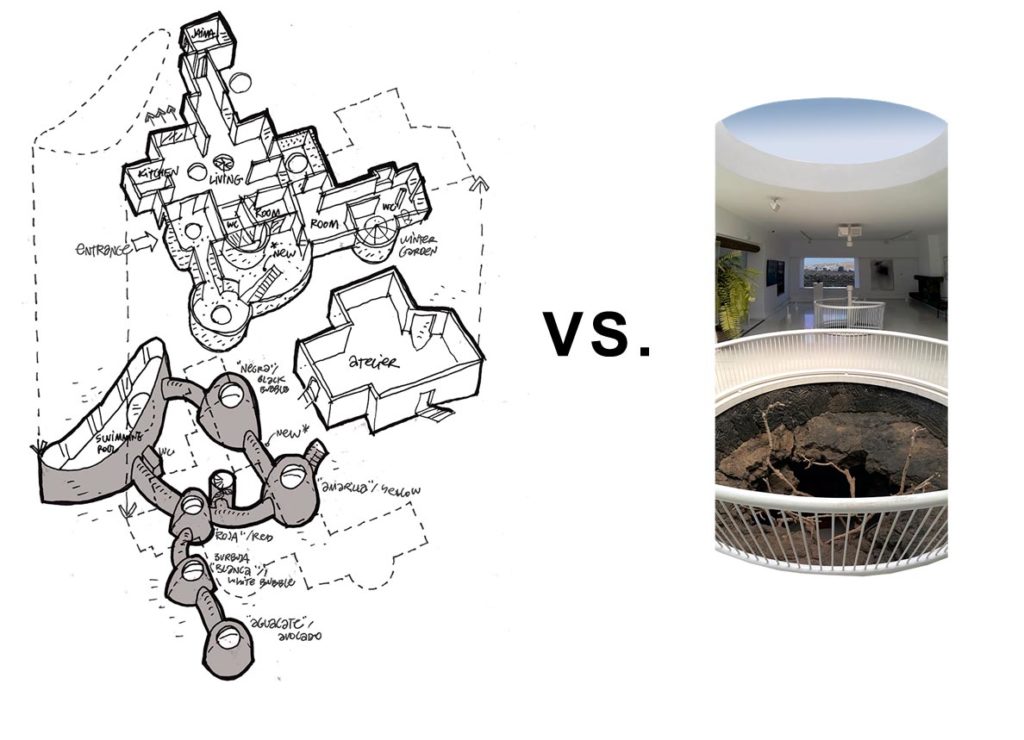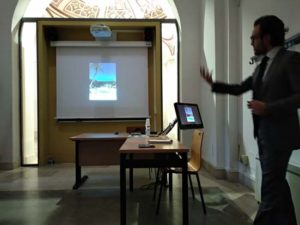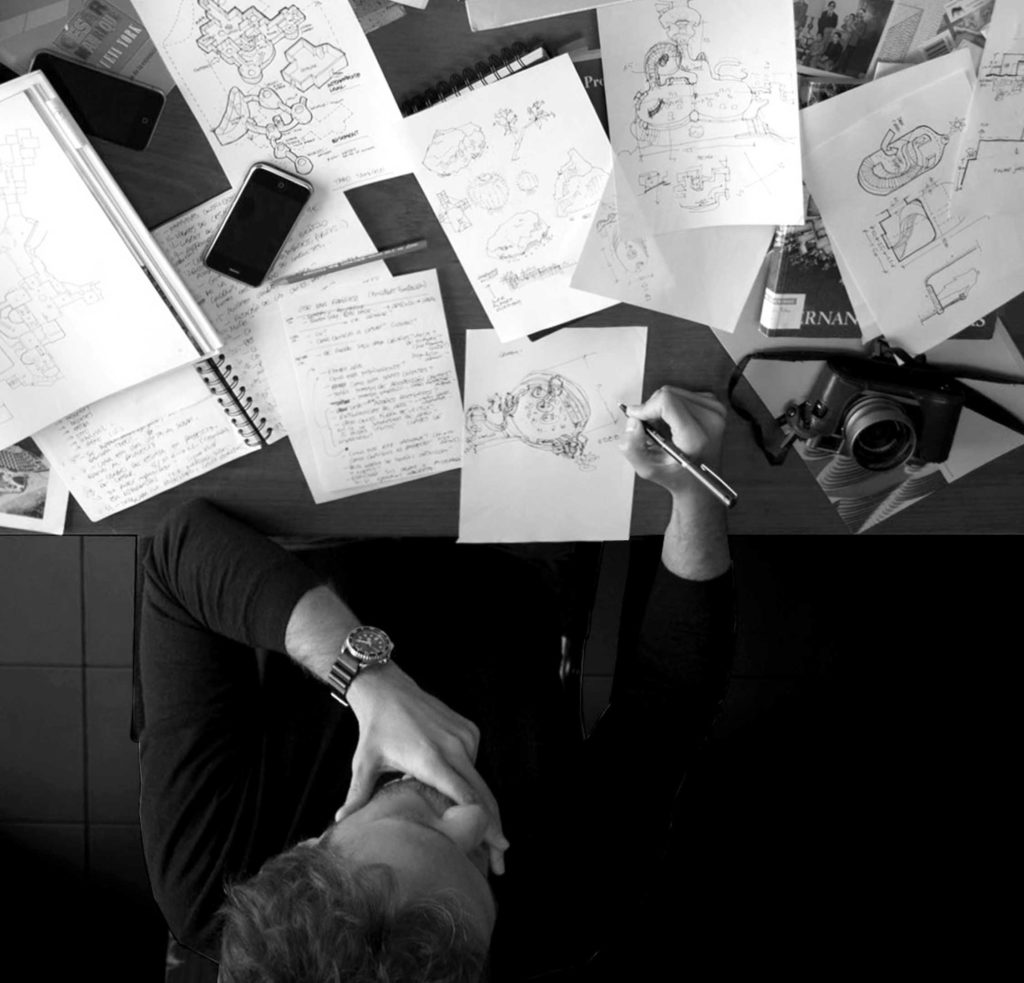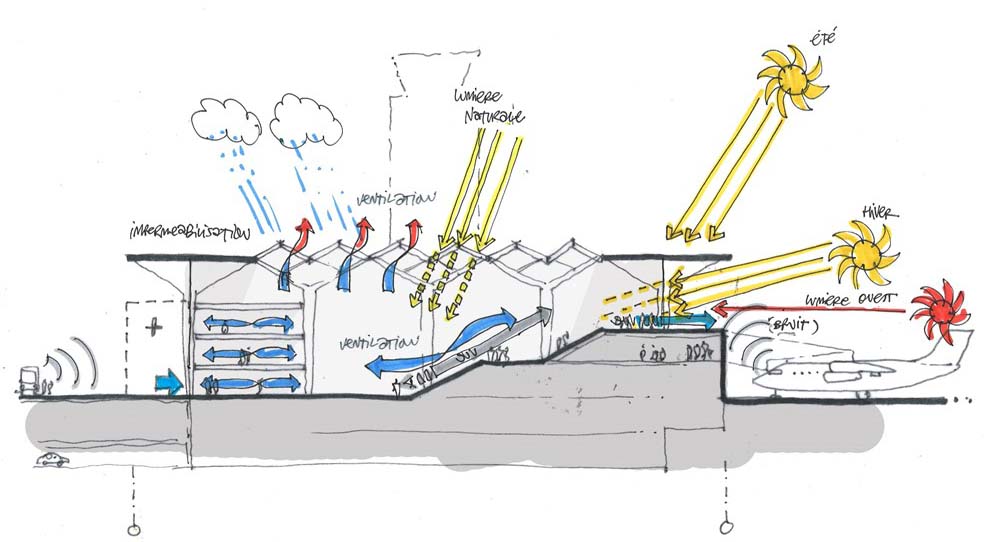
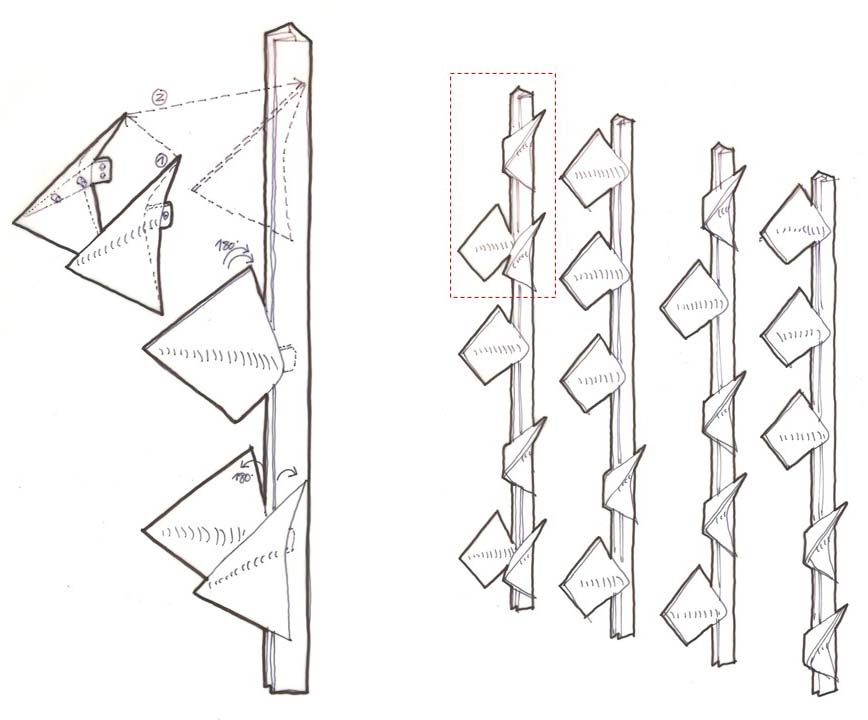
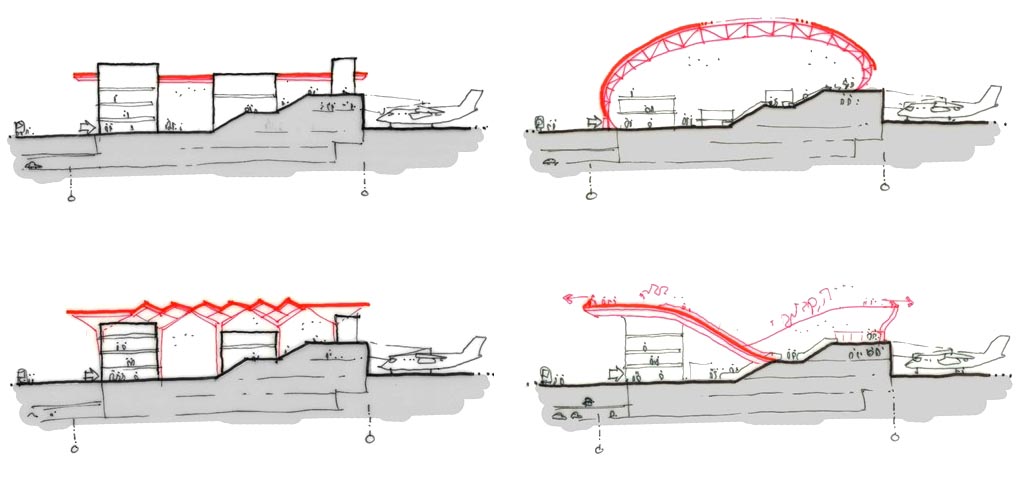
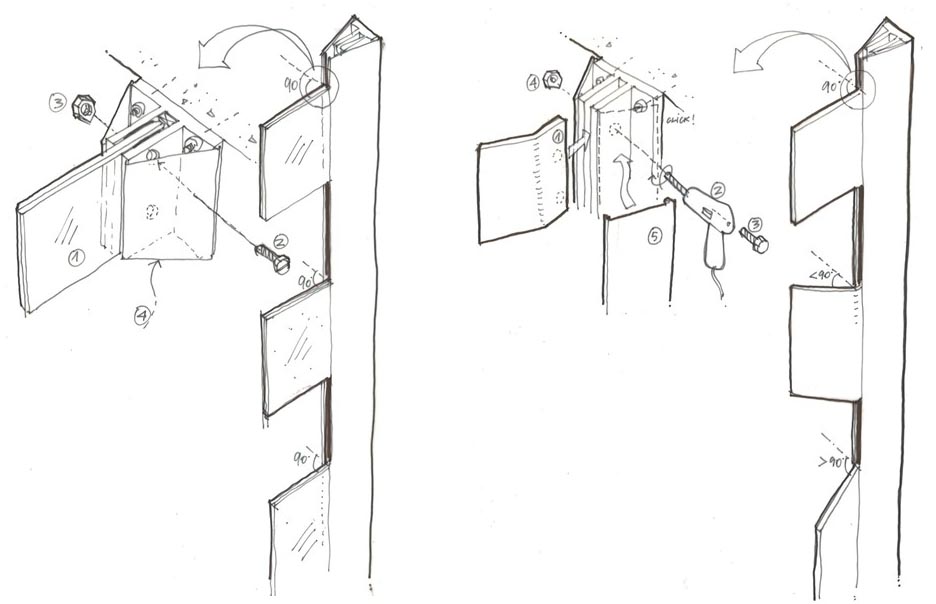
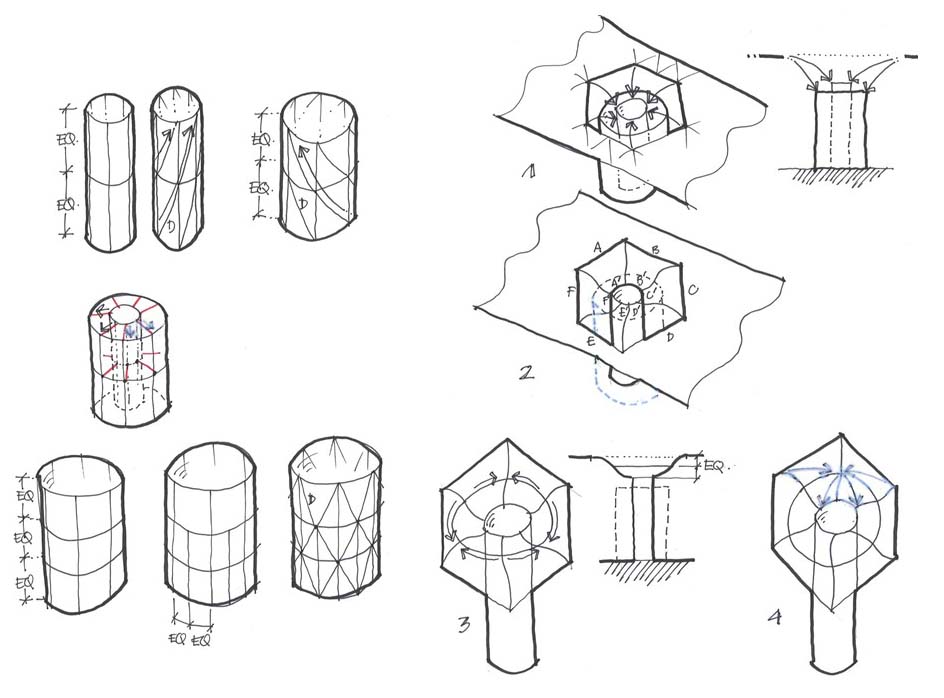
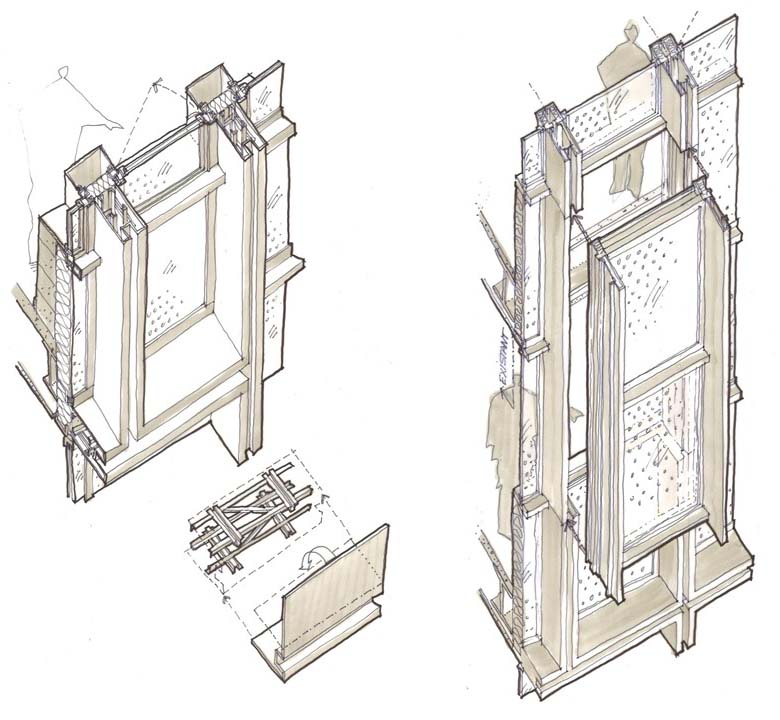
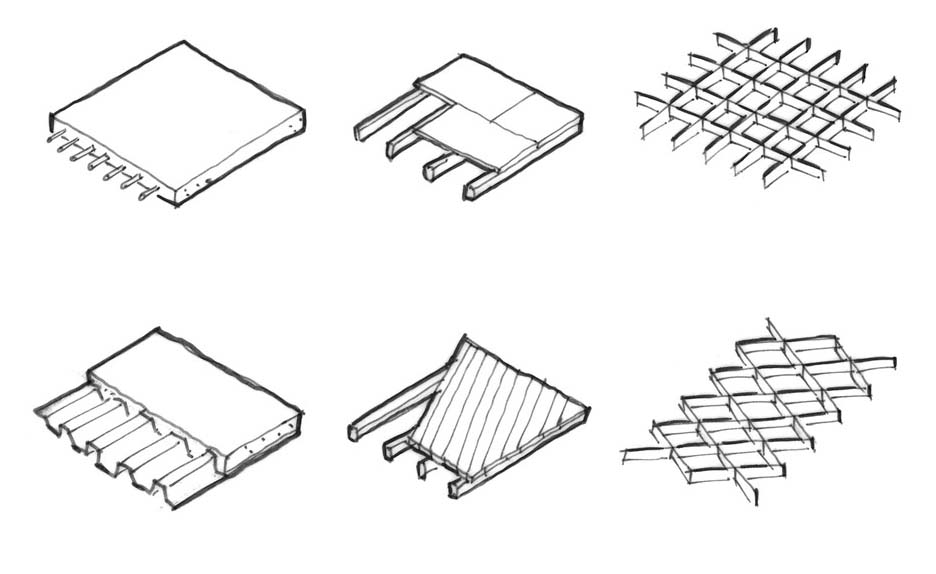
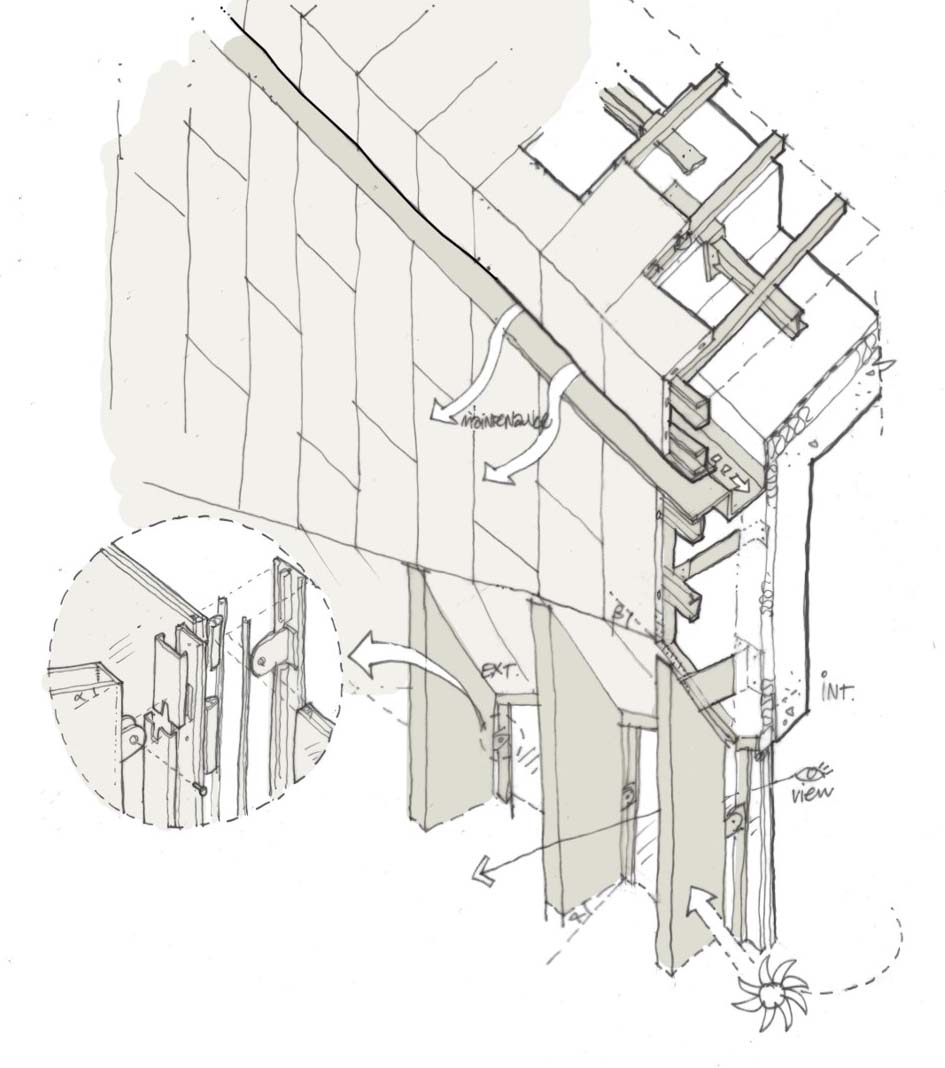
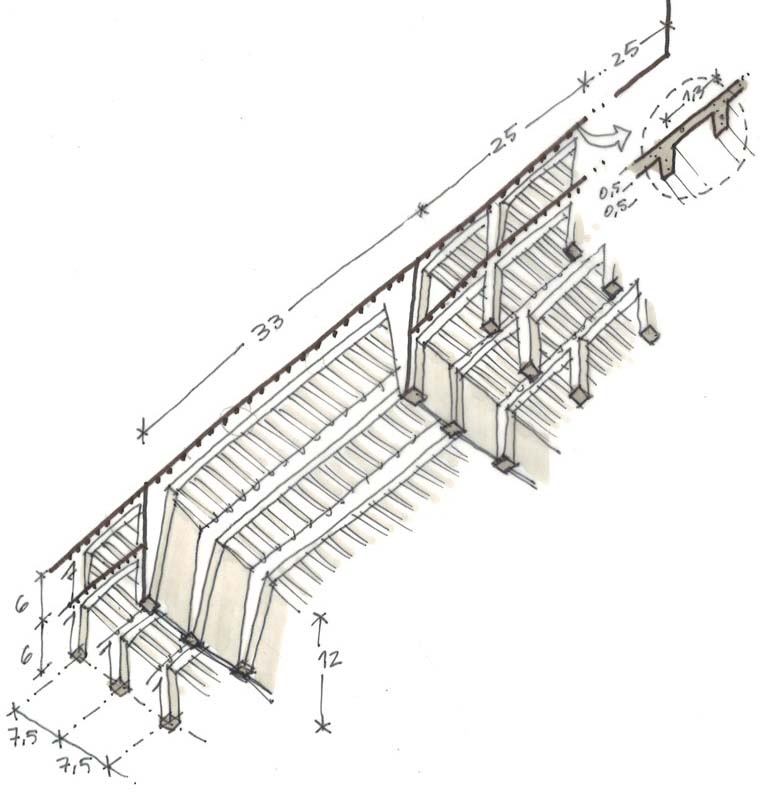
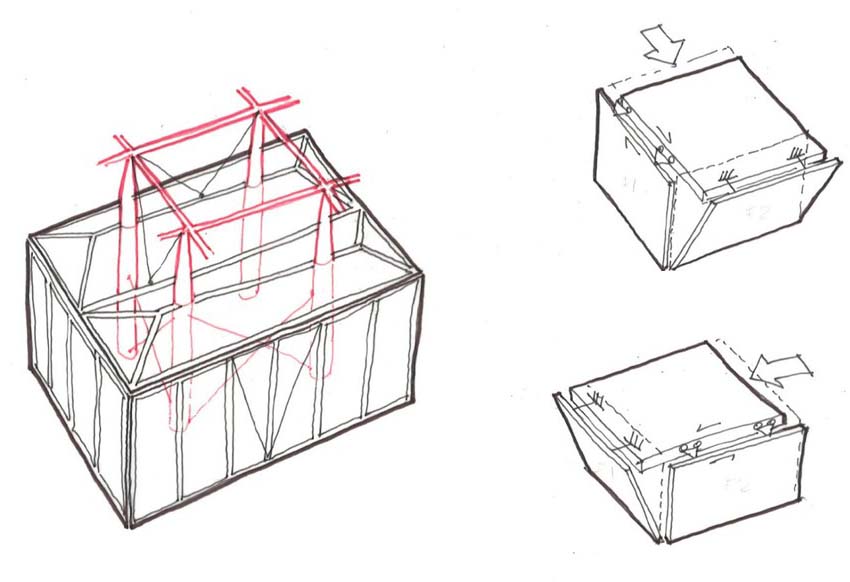

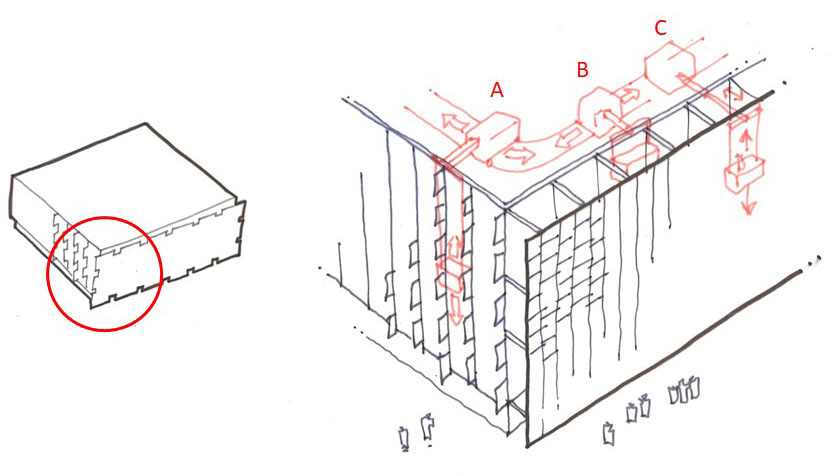
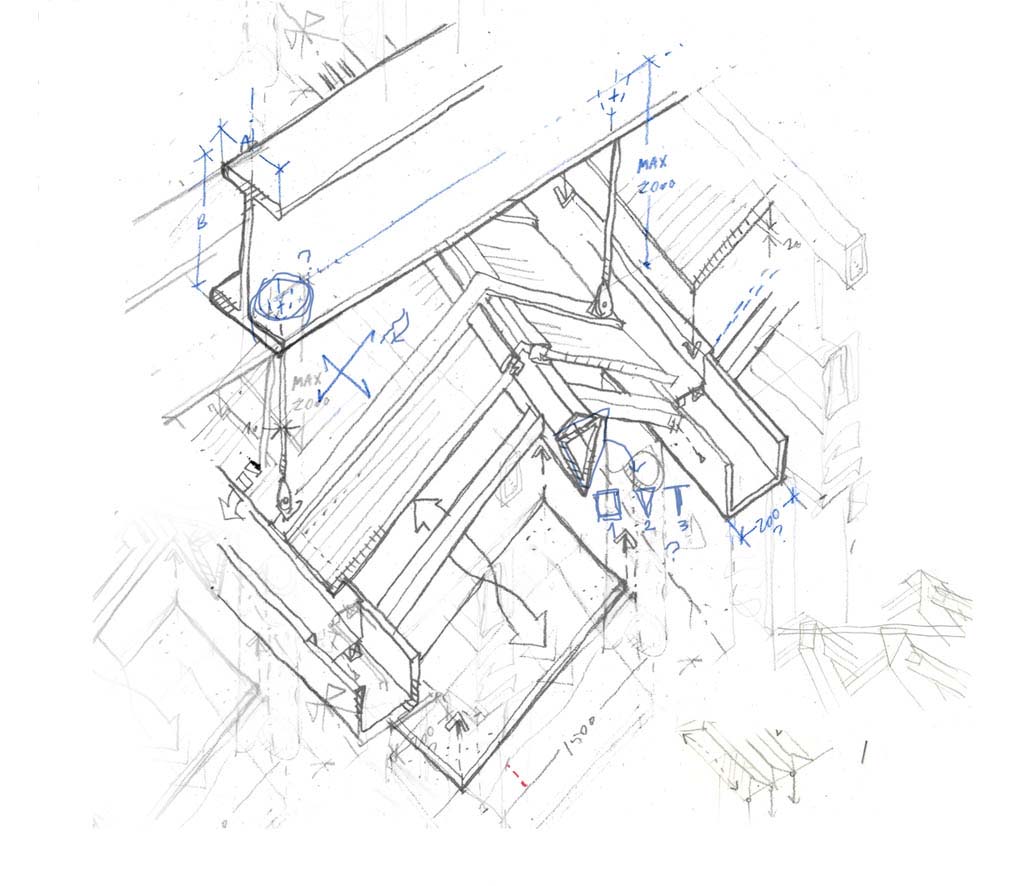

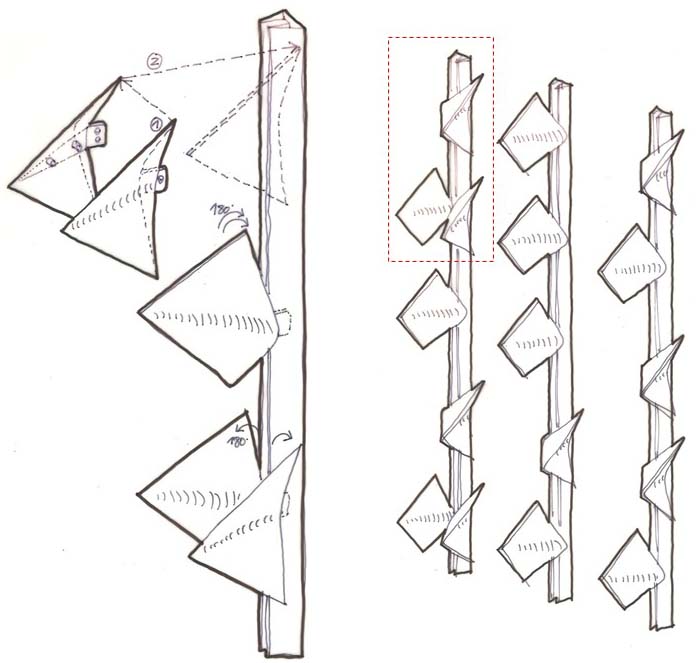
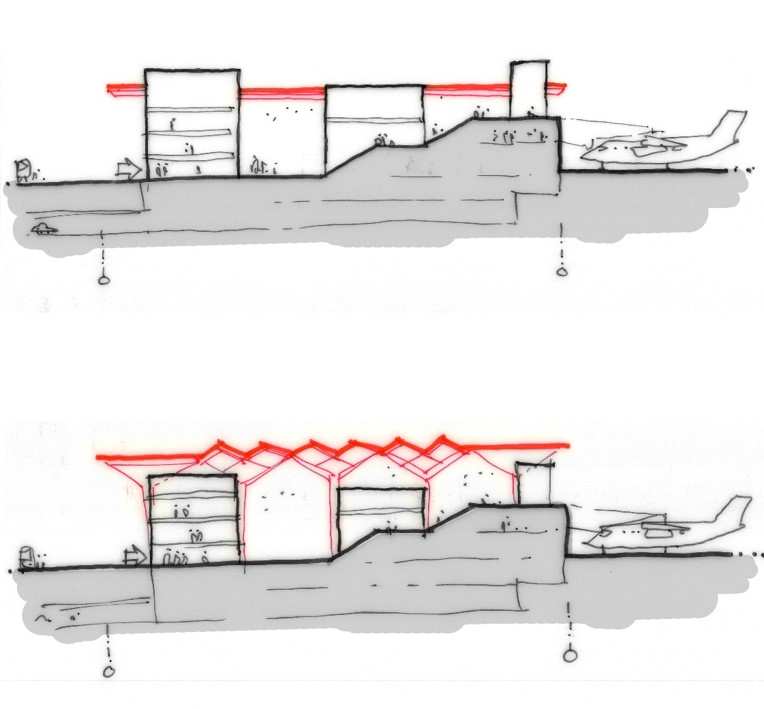

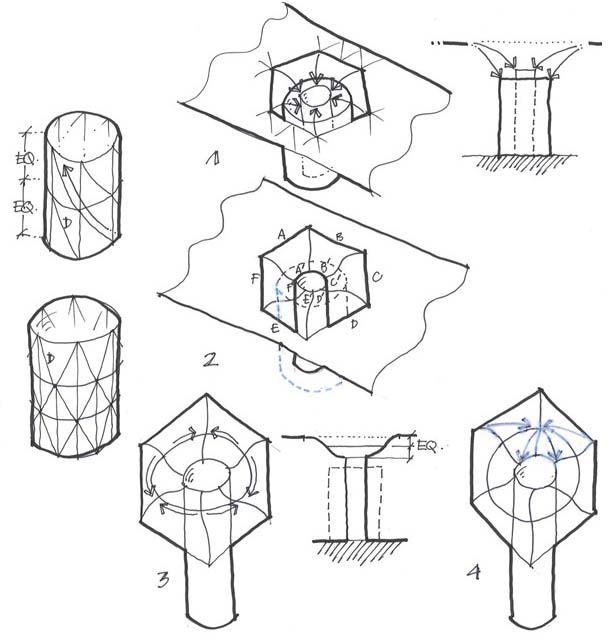
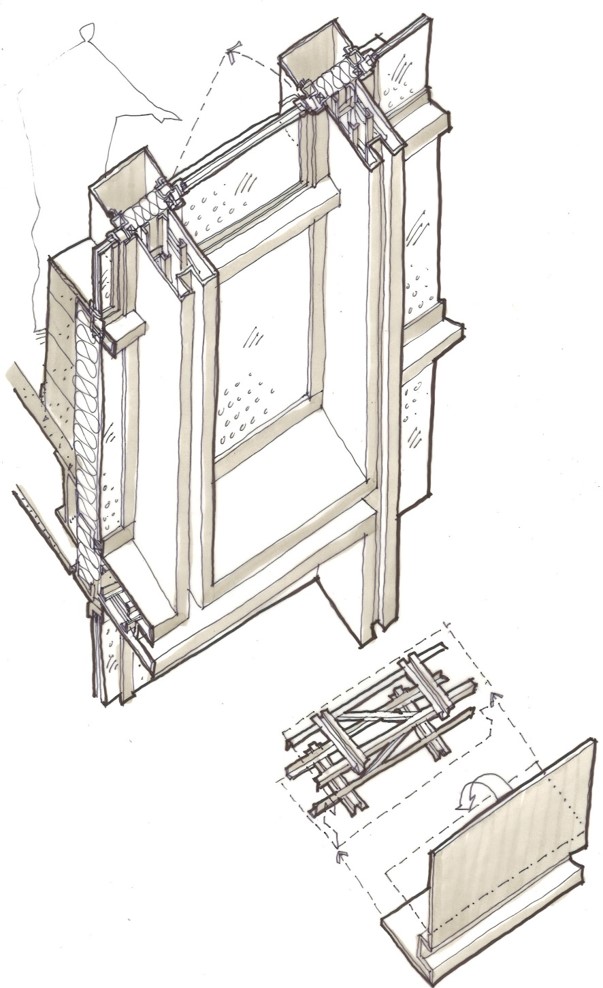
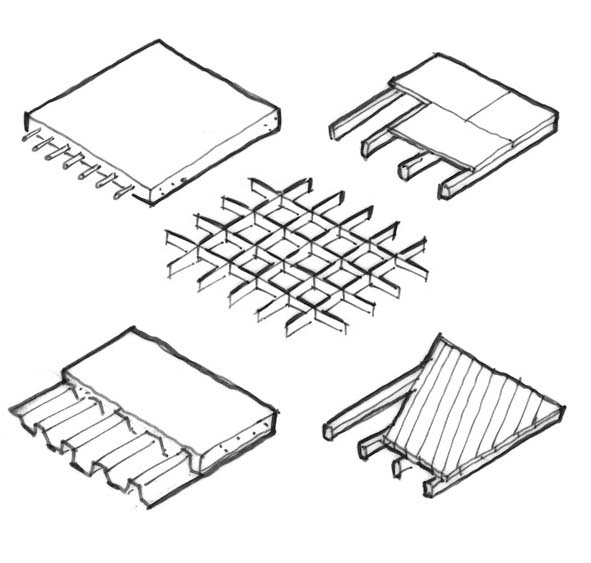


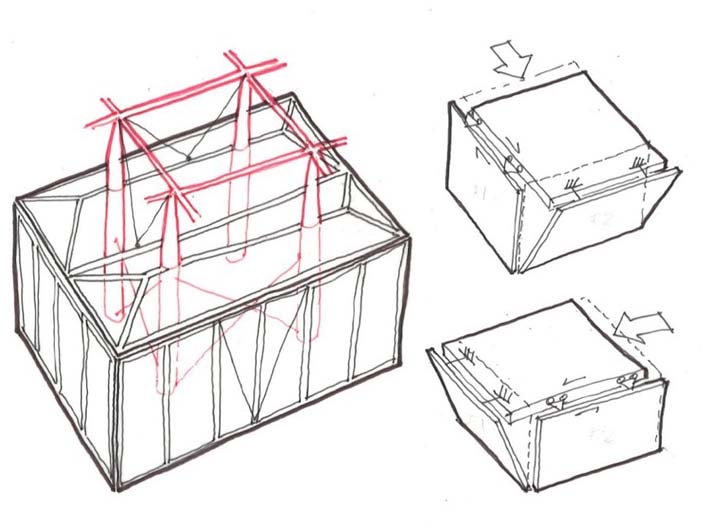

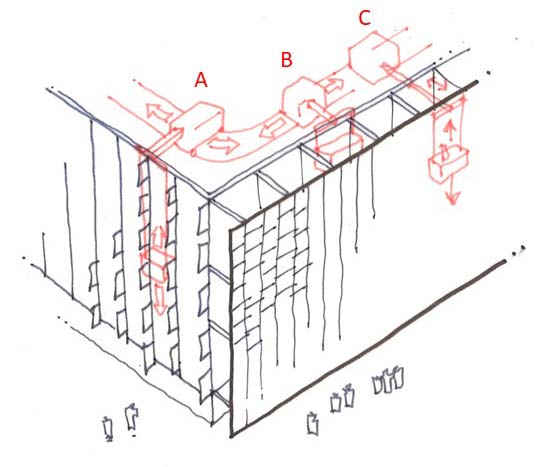

Stimulating innovation and productivity
through design.
Teaching freehand drawing as a practical tool to stimulate the capacities of reflection, communication and synthesis in the world of construction and architecture.
Addressed to engineers and architects, for direct application in the design and construction site phases.
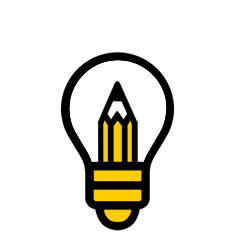
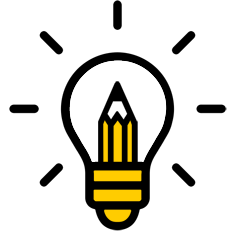
Bring clarity and efficiency,
with a tool within everyone's reach.
All it takes is a pencil and a graphic and communicative intelligence to unblock urgent worksite situations, reduce the workload or better communicate an idea, without multiplying the working hours and the necessary means. Beyond technological means such as BIM, hand-drawing is an effective process for achieving a synthesis of the different players in the construction process, without complex means and at all stages of the project.




















Tangible progress from the first sessions.
The effectiveness of the training is attested by many participants and by companies that subsequently became recurrent clients. The specific approach of this method has been developed over several years of architectural practice in multidisciplinary teams, combined with university teaching and scientific research.
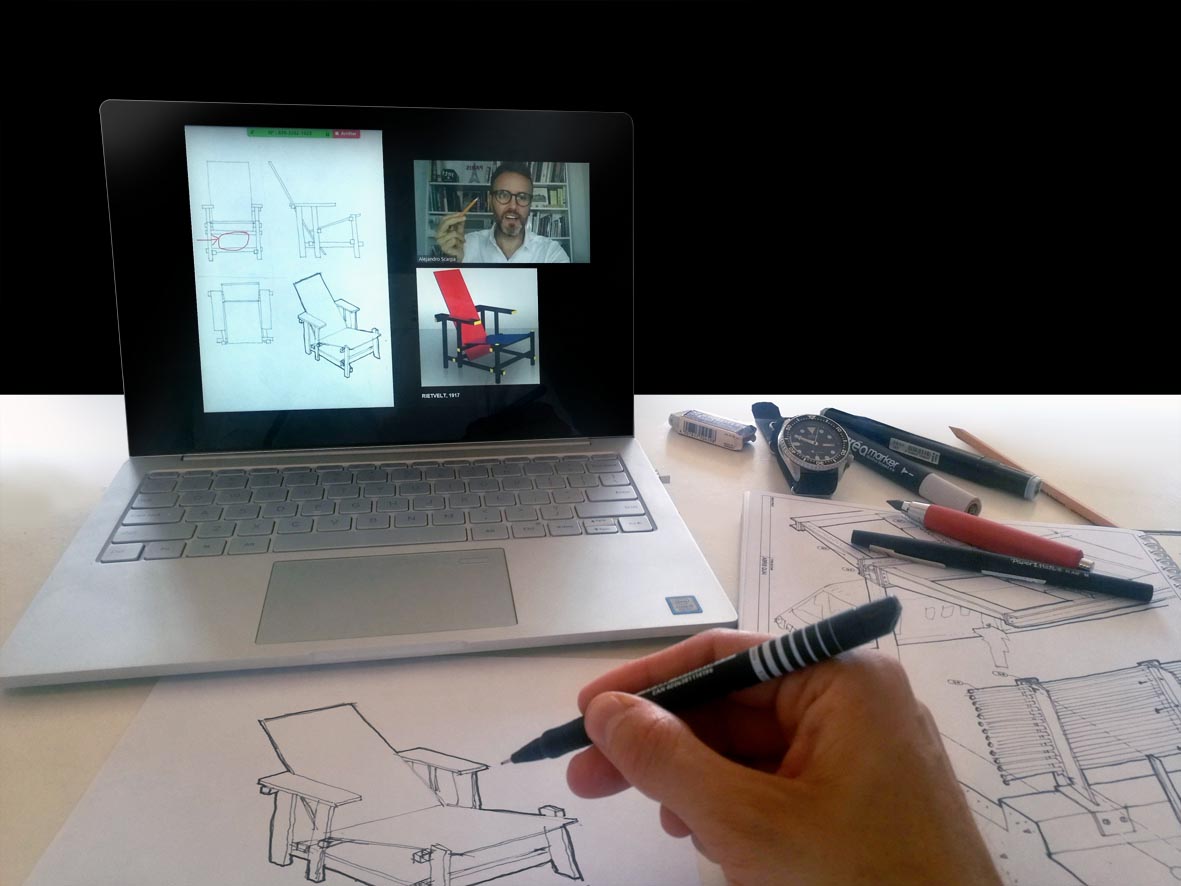
Face to face or video conference courses,
adapted to your needs.
The training includes thematic presentations with a practical approach (25% of the time) and practical exercises (75% of the time). These sessions can be individual or group sessions, with a maximum of 10 people per group. In most cases, a weekly session of 90 minutes for seven weeks produces significant results.
«Very useful for expressing through sketching. This training made me rediscover the pleasure of drawing!» (9/10)
Giovanni L.
«Really useful and fun exercises, well-defined themes for the different sessions with a real progression in the learning process, very nice presentations (that make you want to communicate as well as that!), super nice teacher» (9/10)
Herminie M.
«References and simple tips that greatly improve quality and communication in drawings. Concrete application in the architectural and engineering world» (10/10)
Juliette T.
«This training has given me confidence in a field that I thought was out of reach» (9,3/10)
Thomas C.
«A lot of pleasure to follow this training, it motivated me to practice drawing more often and gave me tools to improve and work on my technique» (9/10)
Jérémie A.
«Professional courses, tips and tricks, discovering the world of drawing, having a nice training with a very good mix between serious courses and nice time» (9/10)
Michael Z.
«Very pleasant and satisfying training, very nice trainer making the course very animated» (9/10)
Simon D.
«The architectural culture of the trainer is a great asset of the training to discover new ways of thinking and designing the built environment» (9/10)
Paul A.
«These types of courses depend very much on the character of the trainer. You have been able to create an atmosphere of trust and a relationship with us» (9/10)
Michael Z.
«The trainer is very pedagogical; Lots of practical exercises which are varied; For all levels» (9/10)
Marc H.
«The content is clear, complete and well illustrated. The training has given me a better agility in the way I draw, as well as learning the "codes" of drawing» (9/10)
Cédric D.
«Alejandro is very enthusiastic and positive. The training has given me a bit of rigor in my drawings, so much more clarity» (9/10)
Juliette C.
«Very good trainer (...) The training taught me how to better represent my ideas and how to proceed step by step without going into too much detail from the outset» (8/10)
Audrey L.
«The practice that makes up the majority of the course and Alejandro's "live" feedback as well as his advice that allows us not to feel helpless or get stuck on a particular topic» (9/10)
Pierre-Alexandre S.
«I was not convinced of the relevance/feasibility of continuing the courses by videoconference ( due to the national containment), and in fact it was quite justified and it went very well!» (9/10)
Simon D.
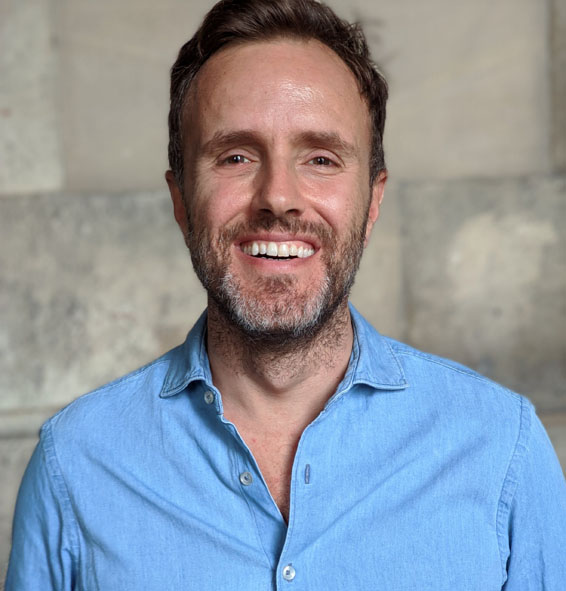
Alejandro Scarpa
I’m an architect with an international doctorate in architecture. My professional career, in parallel to more than fifteen years in teaching, has allowed me to put forward a culture of “drawing for reflection and communication” by hand, as a common language between engineers and architects.
I combine this activity with storytelling consulting, where I accompany high executives and researchers in their work of popularizing science, both verbally and graphically, for a non-specialized public.
Some of the companies and institutions I have worked with:
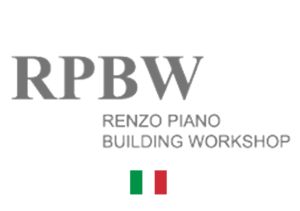
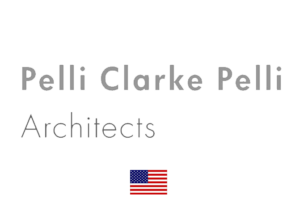
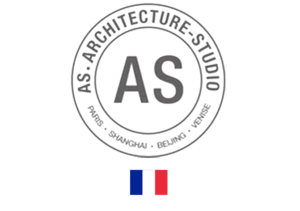
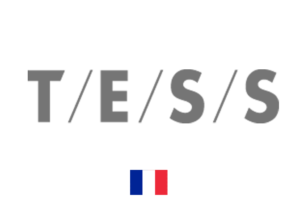
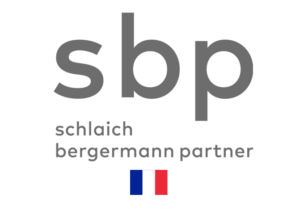
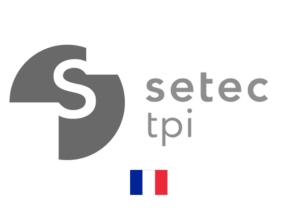
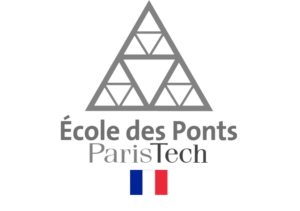
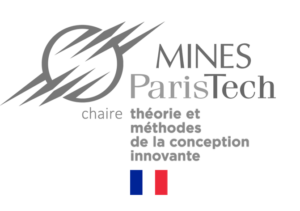
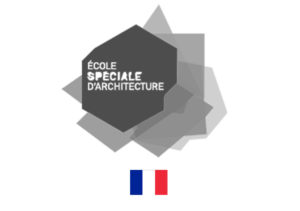
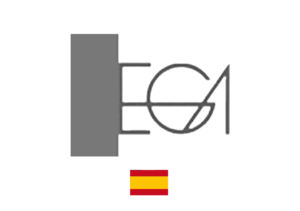
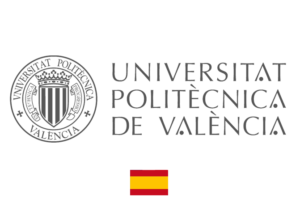
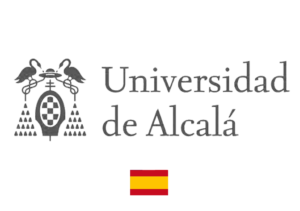


News
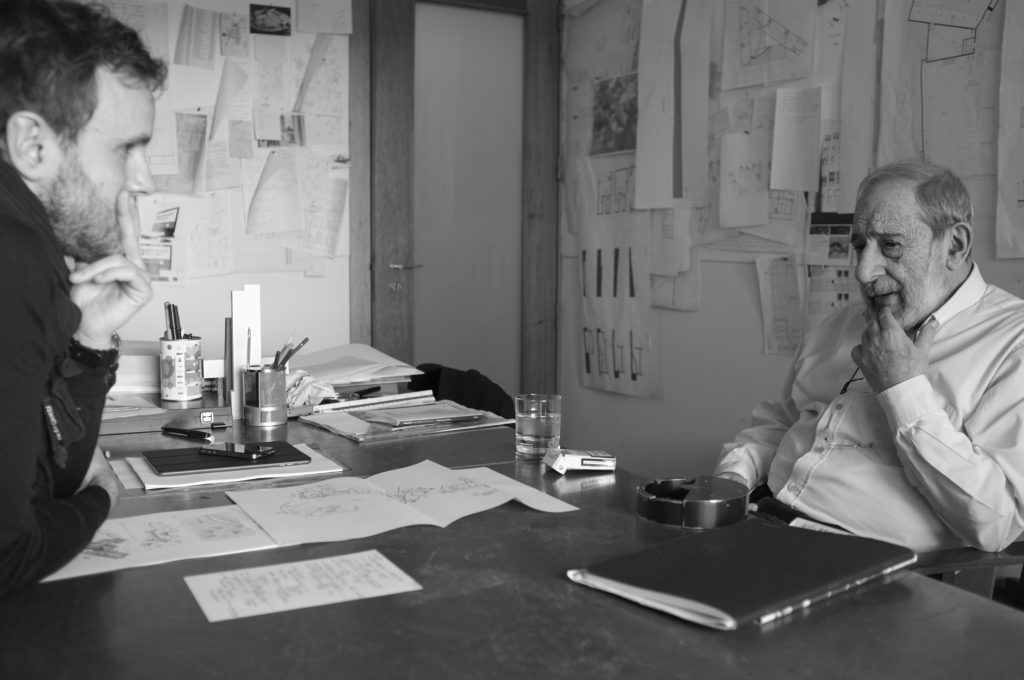
Interview avec Álvaro Siza
(upcoming publication)
Press interview concerning the PhD
Which tool to choose for architecture analysis? What happens when its complexity makes its representation difficult? According to the popular adage, a picture is worth a thousand words, but what type of image would be most appropriate in our case?.

